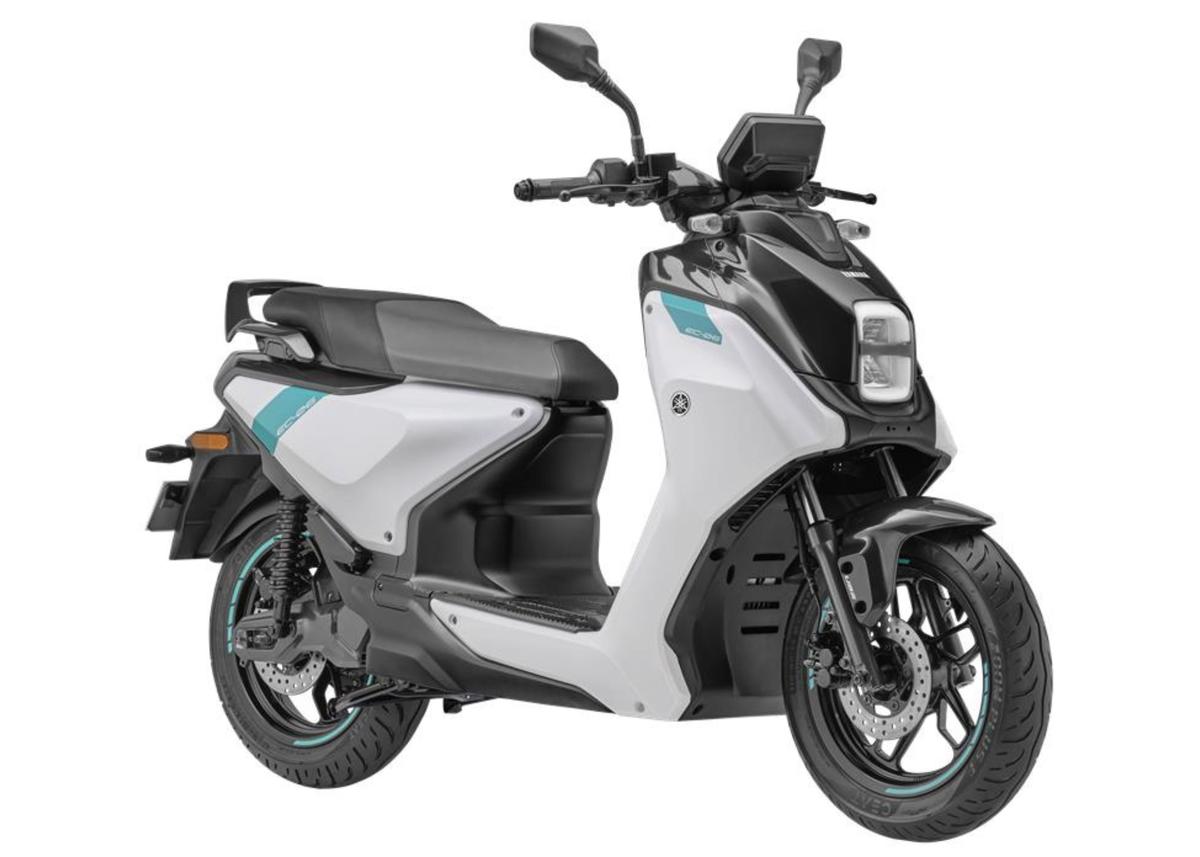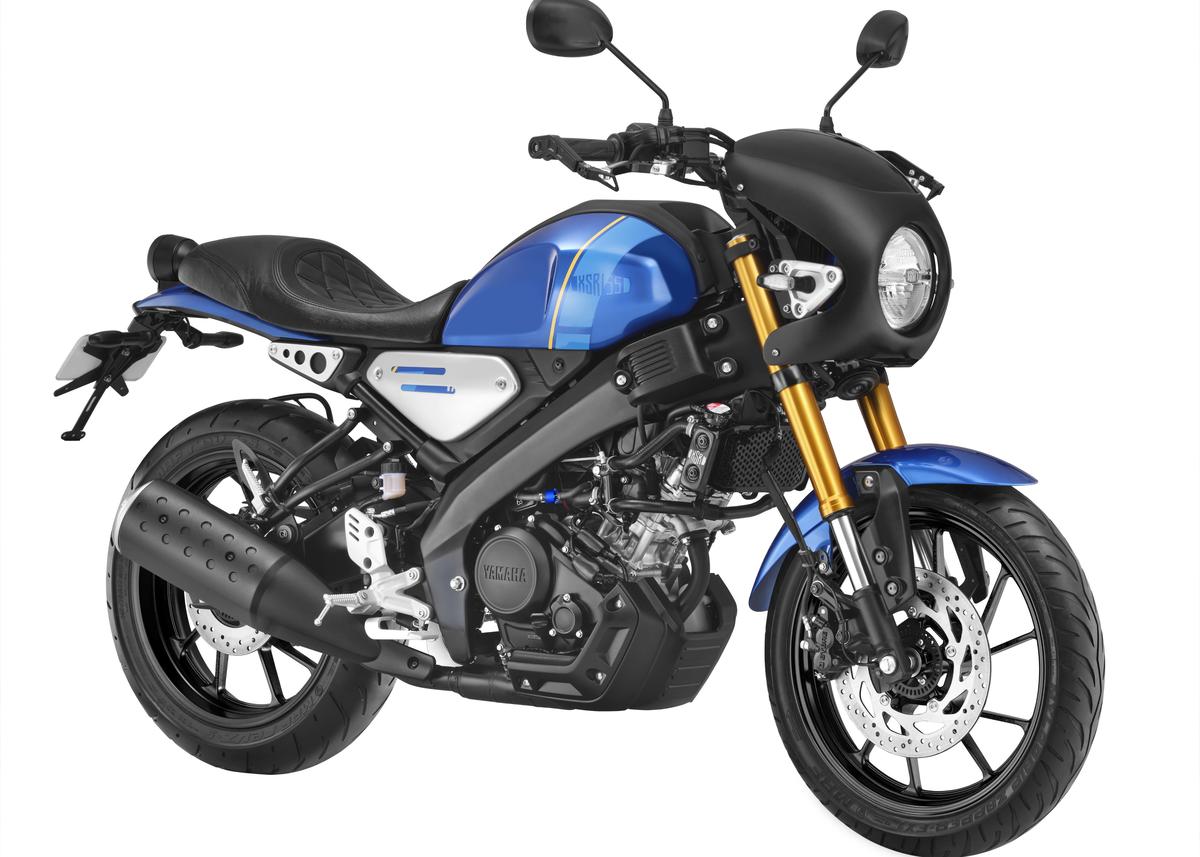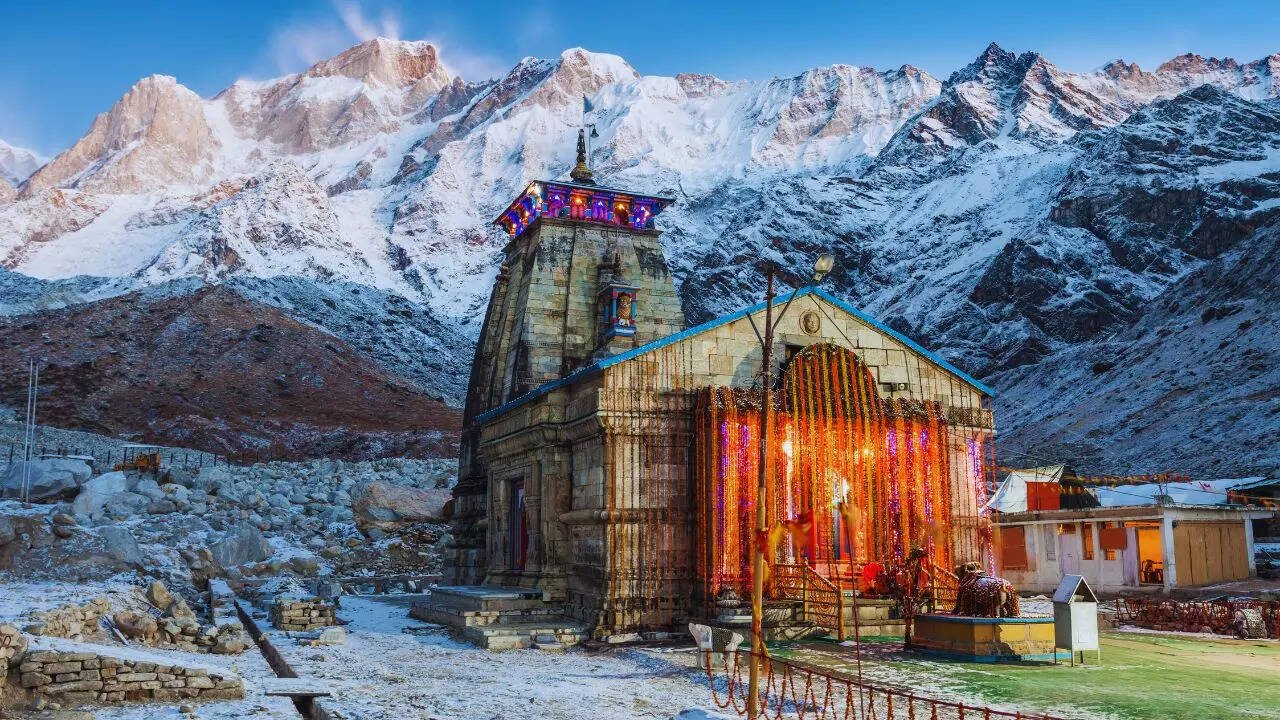Yamaha launches XSR155 and FZ-RAVE motorcycles in India: Price, specifications, features, images
While Yamaha has enjoyed consistent success in the premium commuter and 150cc segments, it has long carried an image of being slightly out of reach for the average buyer — aspirational, but not always accessible. With this new mix of launches and EV unveils, the brand appears to be steering toward that elusive middle ground: offering excitement and style, while also addressing broader appeal.
XSR155: Retro with relevance
The XSR155 marks the arrival of Yamaha’s global “Modern Retro Sport” design philosophy in India — a blend of old-school charm with current-day performance. The design pays homage to classic roadsters with its circular LED headlamp, teardrop tank, and a clean rear section, while underneath it all lies familiar modern hardware.
Power comes from a 155cc liquid-cooled, four-valve engine with Variable Valve Actuation, putting out 13.5 kW and 14.2 Nm of torque. It sits on a Deltabox frame, paired with USD forks and a Monocross rear suspension, ensuring that the handling feels sharp and predictable. Dual-channel ABS, traction control, and a 6-speed gearbox with assist and slipper clutch round out the feature list.
It’s clear that Yamaha hasn’t skimped on equipment or engineering. The question is whether this kind of motorcycle — stylish, capable, but premium — can find significant traction beyond enthusiasts and urban buyers. Offered in four colour options with Scrambler and Café Racer accessory packs, the XSR155 is priced at ₹1,49,990 (ex-showroom, Delhi).
FZ-RAVE: A familiar formula, refreshed
FZ-Rave
| Photo Credit:
Special Arrangement
If the XSR155 speaks to the heart, the FZ-RAVE feels more grounded in Yamaha’s established success. Built on the solid reputation of the FZ lineup — a mainstay of Yamaha’s Indian portfolio — the RAVE carries forward that DNA while updating the styling and attitude to match younger riders’ expectations.
It’s powered by a 149cc air-cooled single-cylinder engine producing 9.1 kW, with a 5-speed gearbox and the kind of easy going performance that makes it a strong city companion. It’s light at 136 kg, gets front and rear disc brakes with single-channel ABS, and a 13-litre tank for good measure.
Design-wise, the FZ-RAVE adds freshness through a new LED projector headlamp, sculpted tank, and two new colourways — Matte Titan and Metallic Black. The motorcycle does not stray far from Yamaha’s comfort zone, but that might just be the point. It plays to the brand’s strengths — solid reliability, sharp looks, and youthful intent — while aiming to expand the FZ family’s already vast presence on Indian roads. The FZ-RAVE is priced at ₹1,17,218 (ex-showroom, Delhi).
AEROX-E: Yamaha’s first electric leap

Aerox-E
| Photo Credit:
Special Arrangement
Yamaha’s entry into the EV space begins with a performance-oriented twist — the AEROX-E. Drawing its identity from the petrol-powered Aerox 155, this electric iteration aims to merge sporty design with electric power delivery.
The scooter uses a 9.4 kW motor generating 48 Nm of torque, supported by dual detachable 3 kWh batteries that offer a certified range of 106 km. It comes equipped with three riding modes (Eco, Standard, Power), a Boost mode for stronger bursts of acceleration, and a reverse assist function. Features like a TFT screen, Y-Connect app integration, and LED lighting underline Yamaha’s tech-driven approach.
Although officially unveiled, the AEROX-E is yet to reach showrooms. When it does, it will face a competitive EV market dominated by homegrown players who have built their advantage through affordability and range. Yamaha’s challenge will be translating its premium appeal into everyday practicality — something the brand hasn’t quite cracked yet in the mass segment.
EC-06: A hint of Yamaha’s electric everyday

EC-06
| Photo Credit:
Special Arrangement
The EC-06 is a more urban-centric electric scooter, designed for short commutes and daily rides, and perhaps a truer reflection of Yamaha’s eventual EV direction. Built around a clean, minimal design, it is powered by a 4.5 kW motor (6.7 kW peak) with a 4 kWh fixed battery offering a 160 km certified range.
It gets three ride modes, front and rear disc brakes, LED lighting, and a 24.5-litre under-seat storage area that will appeal to practical buyers. Charging takes around nine hours using a standard home socket. Like the AEROX-E, the EC-06 has only been unveiled, with launch details and pricing still awaited.
This scooter feels like Yamaha’s most realistic attempt to meet everyday needs, but whether it can compete against strong domestic brands that already dominate the affordable EV space remains to be seen.
Looking beyond the premium tag

XSR Cafe Racer
| Photo Credit:
Special Arrangement
For Yamaha, this was not just a day of product reveals. It was a declaration of direction. The XSR155 and FZ-RAVE reinforce the company’s strengths in design and quality, while the AEROX-E and EC-06 mark its cautious entry into the electric mobility conversation.
Yet, the underlying story is one of transition. Yamaha’s products have always been admired, but often from a distance — they appeal to the heart more than the wallet. The challenge now is to bridge that gap, to take the excitement and engineering precision it’s known for and make it more accessible to the larger Indian audience.
If these new models can achieve that, Yamaha might finally find itself not just as a brand for enthusiasts, but as a household name on every street corner. For now, it’s taken a confident step — but the long road to mass-market success still lies ahead.
Motorscribes, in association with The Hindu, brings you the latest in cars and bikes. Follow them on Instagram
Published – November 13, 2025 10:39 am IST


